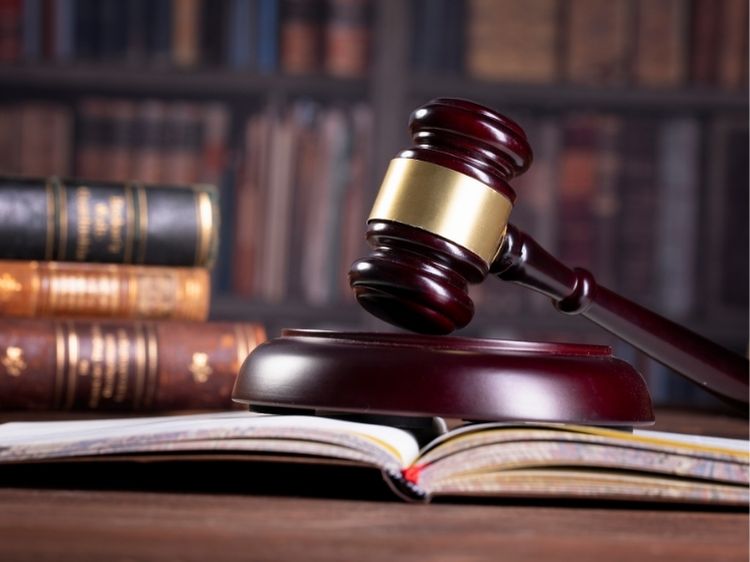We live in a world where accidents happen—whether it’s a slip on a wet floor or a fender bender in a parking lot. But what happens when someone is responsible for those accidents? This is where liability and negligence come into play. These legal concepts are vital in determining who’s at fault and what compensation is due.
If you’ve ever wondered how courts decide who pays for damages in accidents, you’re in the right place. Liability and negligence are at the heart of civil lawsuits, especially in personal injury cases. This guide will break down these concepts in a simple, digestible way while also showing how they affect everyday situations.
What is Liability?
Liability is a legal term that refers to the responsibility one has for their actions or omissions. If you’re liable for something, you’re accountable for it—whether it’s paying for damages or facing legal consequences. The idea of liability touches nearly every aspect of life, from driving your car to running a business.
There are different types of liability, but here are the most common ones:
- Strict Liability: In strict liability cases, a person or entity is responsible for damages regardless of fault or intent. This often applies in product liability cases, where manufacturers can be held liable if their products cause harm.
- Vicarious Liability: This is when one person is held liable for the actions of another. A classic example is an employer being responsible for the actions of their employees while they’re on the job.
- Criminal Liability: If someone commits a crime, they are criminally liable and face penalties like fines or imprisonment.
- Civil Liability: This form of liability involves compensation for damages rather than criminal penalties. It’s the most common in personal injury lawsuits, where one party seeks financial compensation from another.
What is Negligence?
Negligence is the failure to take reasonable care to avoid causing harm to others. In legal terms, negligence occurs when someone doesn’t act the way a “reasonable person” would under similar circumstances. It’s not always about doing something wrong; sometimes, it’s about not doing enough to prevent harm.
For example, if a store owner fails to clean up a spill and someone slips and falls, that’s negligence. The store owner didn’t intend for the customer to fall, but their failure to clean the spill led to the accident.
Negligence has four key elements that must be proven in court:
- Duty of Care: The defendant must have owed a legal duty of care to the plaintiff. For instance, drivers have a duty to follow traffic laws and drive safely.
- Breach of Duty: The defendant must have breached that duty by failing to act reasonably. Did the person act carelessly or neglectfully?
- Causation: The breach of duty must have caused harm to the plaintiff. This means showing that the injury wouldn’t have happened without the defendant’s actions (or inactions).
- Damages: Finally, the plaintiff must have suffered actual harm, whether physical, emotional, or financial.
How Liability and Negligence Work Together
Liability and negligence often go hand in hand. In many personal injury cases, someone can only be held liable if they were negligent. If you can prove that another person was negligent, they can be held liable for the damages you incurred.
Consider this example: You’re walking through a grocery store, and you slip on a wet floor that wasn’t marked with a caution sign. You break your wrist in the fall. In this case, the grocery store could be liable for your injury because their negligence (failing to put up a warning sign) caused your accident.
However, it’s not always so clear-cut. In some cases, comparative negligence might come into play. This means that both parties could share some responsibility for the accident. If you were texting while walking and didn’t notice the spill, you might be partially liable for your fall. In these cases, compensation is often reduced based on each party’s level of fault.
Common Situations Involving Liability and Negligence
- Car Accidents: One of the most common situations involving liability and negligence is car accidents. If a driver runs a red light and crashes into another car, they’re likely liable for the damages. Their negligence—failing to obey traffic laws—makes them responsible.
- Medical Malpractice: Doctors and healthcare professionals owe their patients a duty of care. If they make a mistake that harms a patient, they could be liable for medical negligence.
- Slip and Fall: Property owners have a responsibility to keep their premises safe. If someone slips and falls because of a hazard that wasn’t addressed, the property owner may be liable for the resulting injuries.
- Product Liability: If a defective product causes harm, the manufacturer or retailer can be held strictly liable, even if they weren’t negligent.
The Role of Insurance in Liability
Most people carry insurance to protect themselves from financial loss due to liability. Auto insurance, homeowners insurance, and business insurance all include liability coverage. If you’re found liable for an accident, your insurance company may cover the cost of damages—up to the policy limits, of course.
However, it’s important to understand that insurance doesn’t cover everything. Intentional acts of harm, criminal activities, and certain professional mistakes might not be covered by a standard insurance policy.
FAQs
What’s the difference between liability and negligence?
Liability refers to being legally responsible for something, while negligence is the failure to take reasonable care to prevent harm. A person can be liable for damages if their negligence caused harm.
Can I be held liable for an accident even if it was unintentional?
Yes, liability doesn’t require intent. You can be held liable for accidents caused by negligence, even if you didn’t mean to cause harm.
What is comparative negligence?
Comparative negligence is when both parties share responsibility for an accident. In these cases, compensation may be reduced based on each party’s percentage of fault.
Does liability insurance cover everything?
No, liability insurance typically covers accidents and unintentional harm. It doesn’t cover intentional acts, criminal behavior, or certain professional mistakes.
How do courts determine if someone was negligent?
Courts look at whether the person owed a duty of care, whether they breached that duty, whether the breach caused harm, and whether the plaintiff suffered damages.
Conclusion
Understanding liability and negligence is essential in navigating many legal situations. Whether it’s a car accident, a slip and fall, or even medical malpractice, these concepts help determine who’s responsible for covering the costs of damages.
Remember, negligence doesn’t require intent—it’s about failing to act in a way that prevents harm. And if negligence is proven, liability usually follows. Protect yourself with adequate insurance, and always strive to act reasonably and safely to avoid being on the wrong side of a negligence claim.
For further reading on legal definitions and guidelines regarding liability and negligence, check out the following resources:
- https://www.law.cornell.edu
- https://www.legalmatch.com
- https://www.findlaw.com





